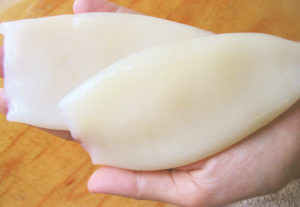
Recovery of collagen from squid skin
Collagen is a major, yet simple, structural protein that strengthens tendons and helps support internal organs and skin.
Tilapia are a diverse group of tropical fish with over 100 species that originally came from Africa and the Middle East but now are farmed worldwide.

Collagen is a major, yet simple, structural protein that strengthens tendons and helps support internal organs and skin.
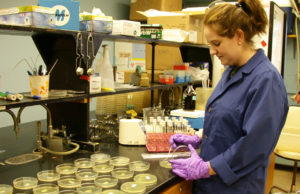
Irradiation, or ionizing radiation treatments, can extend the shelf life of seafood products by reducing pathogenic microorganisms and spoilage.
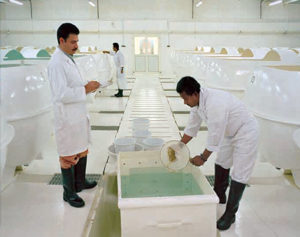
After 20 years of dedicated research and experimental operation, National Prawn Co. established the economic viability of farming shrimp in Saudi Arabia.

Most thought the idea of shrimp farming in Saudi Arabia was implausible until the 1990s, when a significant investment established the first commercial farm.
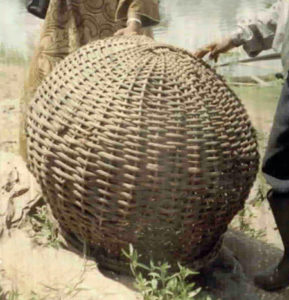
The authors carried out the first successful domestication of African arrowana broodstock in Buea, a mountainous region of Cameroon.
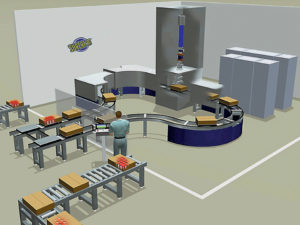
In 1997, the United States Food and Drug Administration approved irradiation for meat, which can kill or inactivate 99.9 percent of Salmonella and E coli.
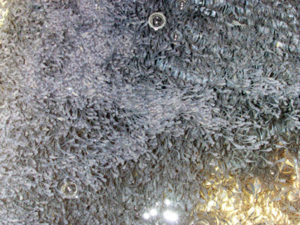
Multiple-batch production systems have for many years been the norm for the production of channel catfish in Alabama, Arkansas, Louisiana and Mississippi.
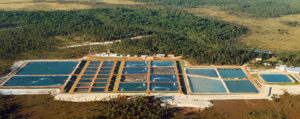
Belize Aquaculture’s approach to shrimp farming uses selectively bred stocks, feed input with less than 20 percent protein and water recirculation at harvest.
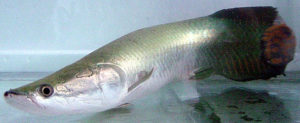
The pirarucu is a promising species for tropical aquaculture due to its market value and good performance under intensive culture.
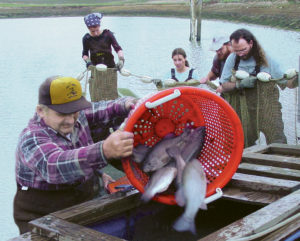
Interest in the commercial culture of largemouth bass is due to great demand and a high selling price compared to other cultured species.
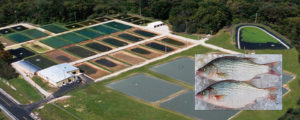
The culture of hybrid bass in the United States grew from 450 metric tons in 1999, most of which was grown by a single producer, to 4,760 tons in 2002.

Giant clams are unique, not only for their huge size, but also the millions to billions of singled-celled symbiotic algae (zooxanthellae) in their tissues.

China produces 95 percent of the freshwater pearls sold in the world market. Exports have increased rapidly since the first trade took place in 1970.

Pearl oyster culture is one of the more valuable aquaculture industries. Japan, Australia and French Polynesia are the main pearl-producing countries.

Akoya pearl oysters garnered attention in Australia in the years following the decline of production in Japan due to disease and pollution.